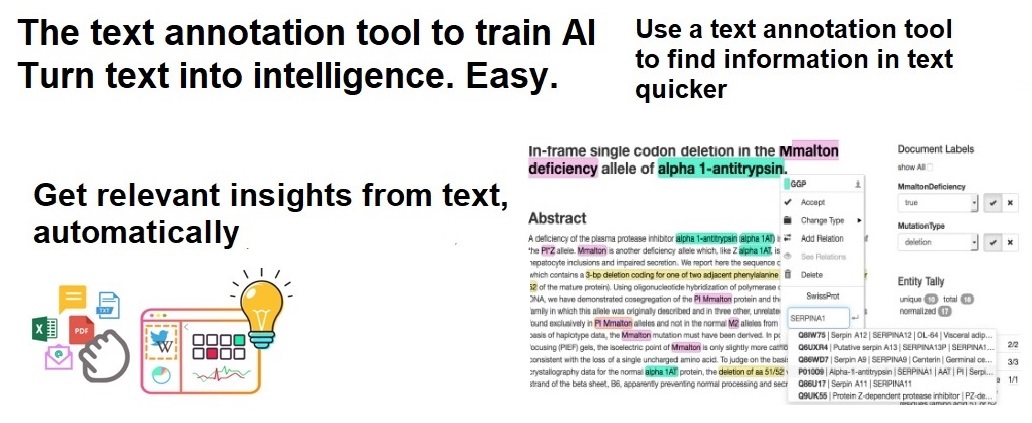Text annotation is not just about
labeling words and finding them later!
The scope of an annotation tool has expanded considerably in the last 5 or 6
years. While we can attribute some of this popularity to the advances in
digital technologies such as machine learning (which is being integrated with
text annotation to make the entire process faster and easier), the digitization
of organizational operations has also
made annotation popular by expanding the
opportunities where text annotation can be integrated.
One such field is cyber security!
Text annotation tools have
found a niche in the security arsenal of organizations
tightening their safety standards. Annotation tools are being used to check and
safeguard the source code of the IT infrastructure!
What is Source Code Annotation?
Developers and coders across cyber space have a tendency to look for answers
from their peers when they get stuck on a
problem, and online forums are a great
place to find help. However, there are times a malicious line/snippet of code
can be inadvertently copied from these forums – exposing the entire organization (and its customers) to a possible cyber attack.
With a text annotation tool,
developers and organizations can search
for bad code or snippets in large amounts of source code – something that is
almost impossible to do manually!
How does it Work?
Users can upload a dictionary of
pre-determined lines/snippets of code onto the interface,and as they upload new batches of source code text,
the tool automatically finds and highlights
the bad code if it exists. Overtime the dictionary can be edited and
expanded to include more and more code samples, making the system tougher.
With an annotation tool, bad/malicious code can be found and dealt with
quickly, and this is exactly what users want - to catch problems
before they blow up! The simplicity and speed of text annotation tools have
ensured that source code annotation will soon be adopted as a standard part of
cyber security measures.
